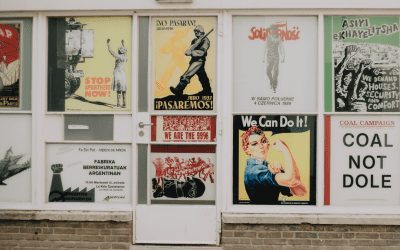Coercion & Coercive Control
Coercion is one of society’s biggest problems, yet most people don’t know it’s there… The dangers +No one is born with a desire for physical or emotional abuse, to die unnecessarily because of faith-based beliefs, or to injure innocent people for their cause, yet these things happen to millions of people every day.
All are victims of coercion, which uses manipulation techniques to control and command victims, especially young people, to act against their own best interests. Sadly, we live in a world where coercion is rife, but we don’t provide young people with the tools to recognize and prevent it.
Globally, more than 800 million people are being coerced, in ways which take a huge financial and emotional toll on society. This means more than 10% of the worldwide population are being encouraged to act against their own better interests, many without even knowing it.
The Open Minds Foundation has been established to help make positive change, preventing coercion & coercive control, to help eliminate the effects on society.
What are Coercion &
Coercive Control?
What is coercion?
Coercion, which can also be referred to as coercive control, is the act of manipulating an individual or group to act against their best interests, using violence, threats, intimidation or psychological techniques. It is usually a gradual process over a period of time in which peoples’ behaviors change, many beyond recognition.
Coercion or coercive control are the common terms for it, but legally it is known as ‘undue influence’, or you might be more familiar with thought reform, brainwashing and mind control.
Why is it dangerous?
In short, the danger is threefold. Emotional, physical and financial danger to the individual being coerced, danger and impact on the family and friends of the individual, and cost to society in support of the individuals. It is estimated to have a financial cost of billions of dollars every year, not to mention the unquantified emotional and physical costs.
Globally, more than 800 million people are being coerced. This means more than 10% of the worldwide population are being encouraged to act against their own better interests, many without even knowing it.
How and why does it happen?
Our ancestral environment required quick reactionary instincts, so we tend to respond
automatically in a situation, and in doing so we form ‘blind spots’ where we omit information we feel is irrelevant. The brain then ‘fills in’ material to help make sense of what we are seeing: we focus on what we have seen before, what we expect to see, or what we want to see. It’s why magic tricks and illusions work so well.
Once we have an established idea or expectation, we then hold on to it stubbornly and
consistent patterns of behavior help make us feel comfortable. In everyday activities, this is not a major problem; however it leaves us vulnerable to manipulators who can build on our assumptions and behaviors to convince us of new beliefs over time.
The human mind is predisposed to social influence and it tends to choose the path of least
resistance, behaving spontaneously and not considering all the options. This is particularly true of teenagers, whose brains are not fully developed until after twenty years of age. It is this which leaves us open to manipulation either by someone intent on influencing our lives, or a group intent on indoctrinating individuals for their own gain. Unfortunately, the majority of victims of coercion are just like you and me, believing they will always make informed choices and could never be tricked into giving away their independence. They are usually unaware of the manipulation that is happening, and how or why their situations have changed.
Psychological studies show how easily rational thinking can be bypassed and even
individuals that we consider to be logical or particularly astute can become victims. At best, it creates individuals who are trapped in a situation beyond their control; at worst is creates extremists with an agenda to harm innocent people. Common techniques which are employed against a target victim include cajoling with false promises, or exacting compliance through intimidation, threats, shunning, humiliation, force, deprivation of basic needs, isolation, emotional blackmail and / or psychological pressure.
The only way to combat coercion is through education, teaching people critical thinking skills and intelligent disobedience, which helps them to question what they see, know and believe to be true. This makes it harder for manipulators to influence people and makes people less susceptible to their practices.
What are its other forms?
Sadly, the effects of coercion are widespread in today’s world, underpinning everything from domestic violence to gang behaviors, from human trafficking to radicalization into terrorist groups. Take a look at our page on for more information.
How to spot it
There is no definitive list with which to spot coercion as it depends on the type, duration and severity of that coercion. However, there are common factors which can be used to spot it. Reluctance to answer simple questions, constant deference to an individual or group and giving up everything that was previously important to them are just some of the ways to spot potential victims. Use our page on for a more detailed overview.
That statistic: is it true?
Authored by Victoria Petkovic-Short When you see a claim backed up by statistics, how do you know...
The problem with statistics…
A statistic is defined as “a fact or piece of data obtained from a study of a large quantity of...
The key to eliminating coercion, lies in critical thinking
Author: Richard Kelly | January 2022 The mission for the Open Minds Foundation is “to create...
Coercion at its Worst: Religious Mandated SHUNNING
By Patrick Haeck | January 2022 One of the most onerous forms of coercive control is mandated...
The power of propaganda and how to fight it
Under scrutiny until at least January 2022, the oldest defendant to stand trial so far will be...






